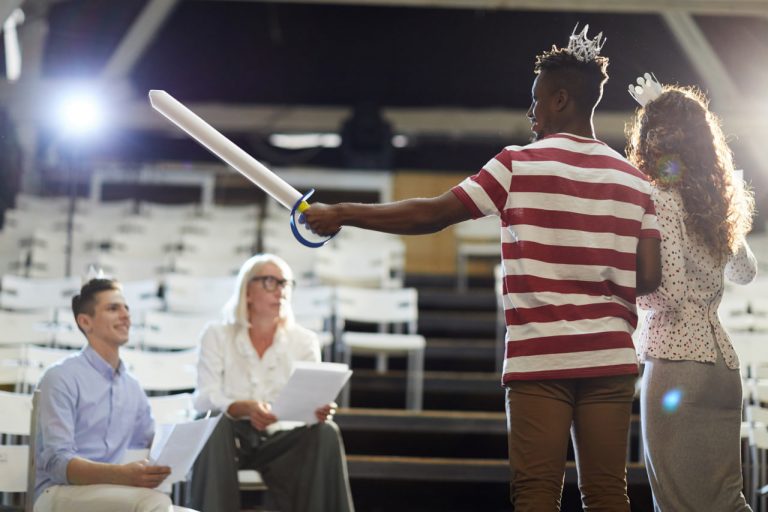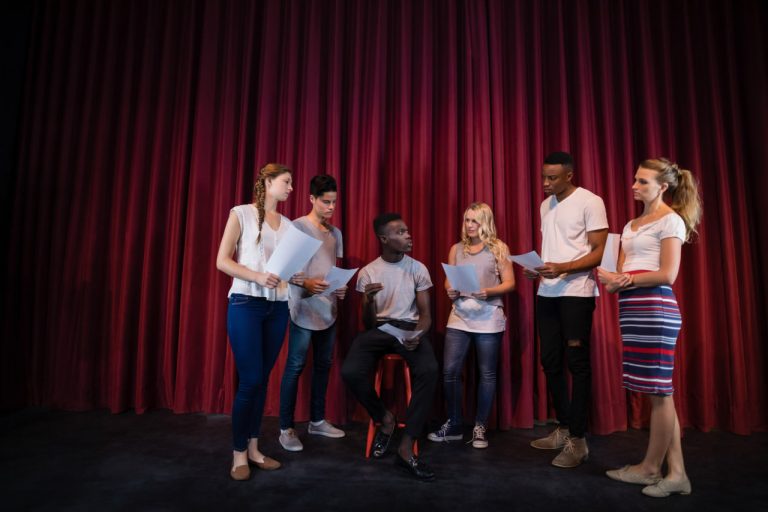In the world of acting and performance, the ability to command attention without uttering a single word is a powerful skill. Presence is not about volume or flashy gestures; it’s a quiet, magnetic force that draws an audience in, makes them lean forward, and holds their focus. Mastering this art elevates every actor’s work, transforming performances from mere recitations into unforgettable experiences.
What Is Stage Presence?
Stage presence is the energy and aura an actor projects when on stage. It is a blend of confidence, authenticity, and connection that captivates the audience. While it may seem mysterious or intangible, presence is a skill that can be cultivated through awareness and practice.
At its core, presence means being fully in the moment — physically, emotionally, and mentally. It is about being aware of oneself and the space, yet free from self-consciousness. This balance allows actors to communicate volumes through posture, gaze, and subtle movement.
The Role of Body Language
Our bodies speak louder than words. Every gesture, stance, and facial expression contributes to the story an actor tells. Understanding and harnessing body language is fundamental to commanding the stage silently.
An open posture exudes confidence and invites connection, while closed or defensive body language may push the audience away. Simple actions like grounding your feet firmly or keeping your shoulders relaxed can create an air of stability and assurance.
Facial expressions are equally important. The eyes, often called the window to the soul, communicate emotion and intent. Maintaining purposeful eye contact — whether with fellow actors or the audience — builds an unspoken dialogue that holds attention.
Breathing as a Foundation
Breath is the invisible thread connecting body and mind. Controlled breathing not only supports vocal projection but also anchors an actor in the present moment. When an actor breathes deeply and evenly, they project calm and command.
Conversely, shallow or erratic breathing can signal nervousness or distraction. Learning to regulate breath through techniques such as diaphragmatic breathing cultivates steadiness and presence. This internal calm radiates outward, affecting posture and movement.
The Power of Stillness
In a world that often values action and noise, stillness on stage can be remarkably compelling. A well-timed pause or moment of quiet draws focus, heightening the impact of what comes before or after.
Stillness demands confidence; it shows that the actor is comfortable owning the space without filling it unnecessarily. It creates tension, anticipation, and emotional weight, giving the audience time to absorb the performance fully.
Eye Contact and Connection
Connecting visually with others on stage and with the audience is a vital tool for presence. Eye contact conveys honesty, engagement, and vulnerability. It can communicate unspoken thoughts and emotions that words may fail to capture.
For actors, developing a “soft gaze” that is direct yet relaxed helps maintain presence without appearing intimidating or distant. Shifting eye contact thoughtfully between characters or audience members guides attention and builds relationships.
Authenticity as the Heart of Presence
No amount of technique can replace genuine authenticity. Audiences respond to truth — the actor’s sincere connection to their character and moment. Being fully present means dropping pretense and allowing vulnerability to show.
When an actor embraces their humanity, imperfections and all, their presence becomes magnetic. Authenticity invites empathy and trust, creating a shared experience between performer and viewer that transcends dialogue.
Practicing Presence Offstage
Presence is not something actors simply switch on at curtain rise; it is cultivated in daily life. Mindfulness practices such as meditation or focused breathing build awareness and calm that translate directly to performance.
Physical activities like yoga, dance, or tai chi develop body awareness and control. Even simple habits like maintaining good posture or making eye contact in conversation strengthen presence muscles.
The Impact of Presence on Audience Experience
An actor with strong presence transforms the atmosphere in the theater. The audience feels drawn into the performance, emotionally engaged even during silent moments. Presence invites viewers to suspend disbelief and enter the world of the play fully.
Furthermore, commanding presence fosters connection not just with the audience but also with fellow actors. It enhances ensemble work, making interactions more dynamic and believable.



